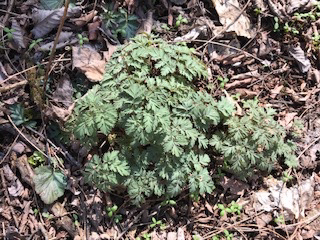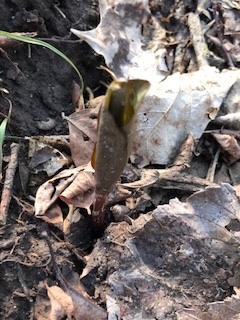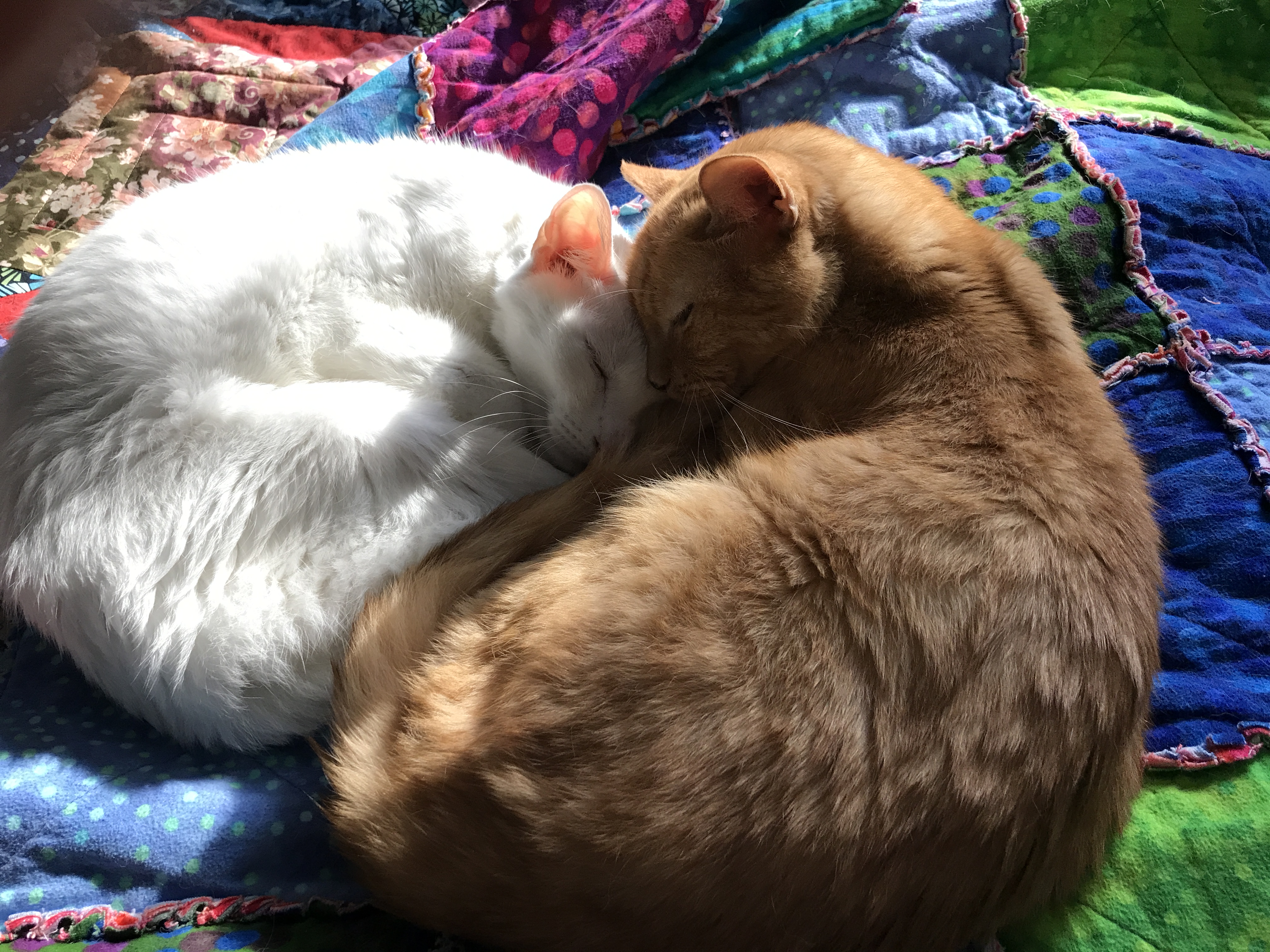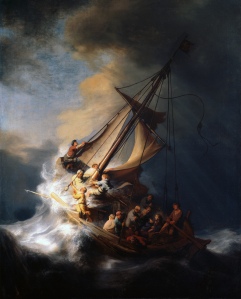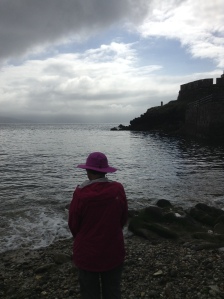Dear President Trump,
This is the first and last time I will call you by that title. For four years I have steadfastly felt that you are not my president. I did not vote for you, nor do I agree with any of your actions (except for the Great American Outdoors Act, which strengthens national parks). But as your administration comes to a close — and I pray fervently it will be sooner than Jan. 20 — I will desist from my stubbornness and acknowledge reality, just as you did in finally conceding that Joe Biden will become president and you will leave office.
You made it clear you are not going peacefully. Two of my fellow Americans died on January 6, 2021, as a direct result of the violent mob action you incited. We have laws that regulate what we can and can’t say in different circumstances. I yell at the television when I’m unhappy about some event I see on the news. But I don’t yell in space I share with other Americans — public space. Yelling tends to fan flames of anger. You have managed to do that without yelling. You have great rhetorical gifts. Americans can see, and judge, the use to which you put them.
As many have noted this week, words matter. They are not “just talk.” They can promote anger and fuel destructive, even seditious, action. They can inspire and fuel constructive or selfless action. We have four years of evidence of how you used your words to energize the worse angels of our nature. You could have followed the model of inaugural address set by Abraham Lincoln, who said in 1861 on the eve of the Civil War: “We are not enemies, but friends. We must not be enemies. Though passion may have strained it must not break our bonds of affection.” You have consistently made different choices in your words, and some of your ardent supporters came to Washington, D.C., on January 6, 2021, hoping for a second Civil War, making it a phrase and meme trending on social media.
Words matter. I was provoked to thought today by the words of two very different writers. One is Roxane Gay, whose provocative eloquence on the pages of the New York Times I often don’t agree with. But today she said, in response to the commonly expressed sentiment that what we saw on January 6, 2021, is not America. “This has always been America,” she wrote. She’s right. The evidence is in our history books. Go to the lynching memorial in Montgomery, Ala., to begin to understand what angry white people have done in the past to their fellow Americans who were black. For some, the past isn’t even the past, and the first Civil War still isn’t over. So Confederate flags, the ultimate political symbol of American division and homicidal hatred, came to the U.S. Capitol on January 6, 2021.
Words matter, and they are a gift. Roxane Gay, who is black, has the gift of being able to remind us of ugly truths rooted in our past and alive in our present. Gabby Giffords, who is white, has the gift of reminding us of more ugly truths: that hatred is eternally willing to take up arms and shoot to kill, as it did when the former congressional representative was wounded and six died on January 11, 2011. Giffords has worked for 10 years to get her life back, and her words back. She has consistently acted for gun control and regulation, using words and actions. This stood out in her eloquent words today about the current American mood: “People are scared, and they’re angry.”
Yes. I’m scared, and I’m angry. You, sir, were supposed to provide leadership, not self-serving sedition. You have been president of a Divided States of America, that division being encouraged by your words. Those words have mattered.
I’m inspired by the words written in a different spirit by both Gay and Giffords. They suggest to me what to do with my fear and my anger. Those emotions aren’t going to go away, but they needn’t express themselves by breaking down the doors of the U.S. Capitol. My gift throughout my life has also been words. One of the things I learned in the pastoral education that prepared me to be a hospital chaplain is a tool against fear: faith. The peers I spend time with have been known to say: Courage is fear that has said its prayers, a motivating sentiment first articulated by an obscure poet. I get up every morning, as do Gay and Giffords, after saying my prayers.
I will say once more: words matter. Some prayers can channel anger into words. People of faith have a deep tradition of doing that, a tradition that newly elected Sen. Raphael Warnock may also bring to the U.S. Senate floor. The tradition is prophetic anger, and it is eloquently modeled in the Bible, a trove of stories about a people making bad choices repeatedly, flouting guidelines they have been given for conduct, and following lots of false idols.
Mr. President, I pray for you:
May you receive what you have given.
May the memories of what you have done follow you to the end of your days.
May God deal with you according to your deserts.
May justice roll down like waters.
Amen.

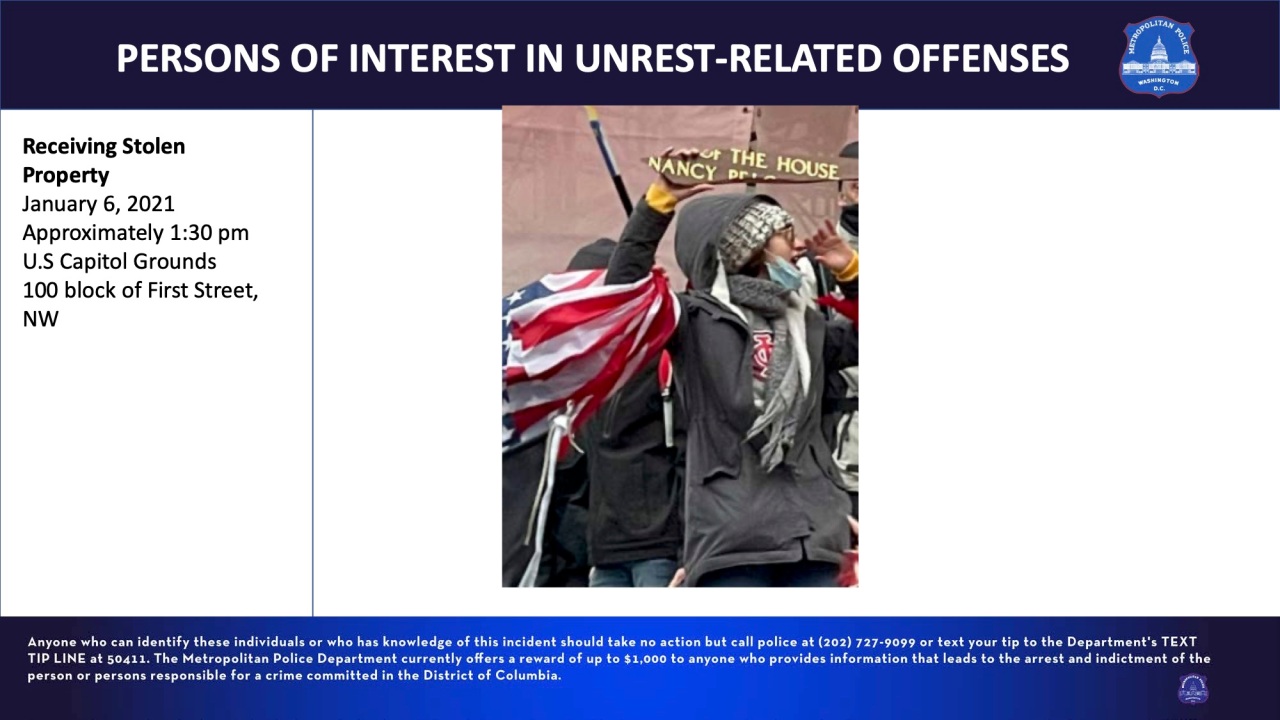


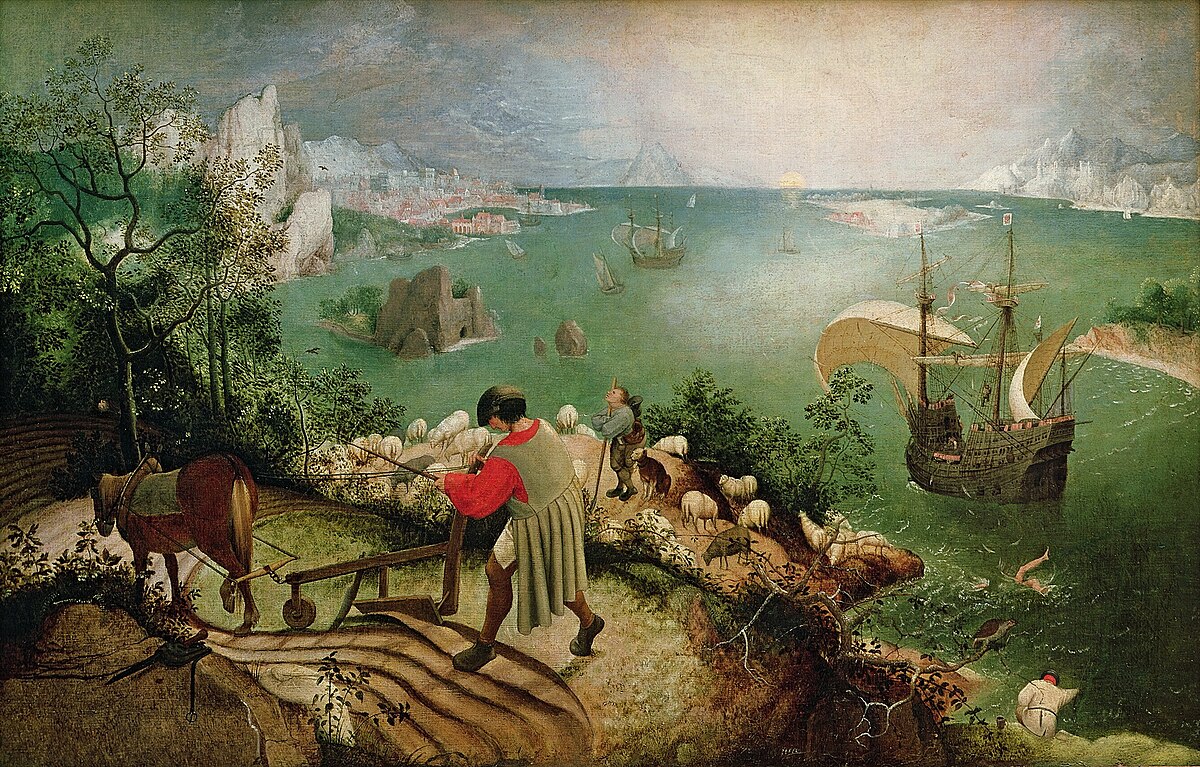
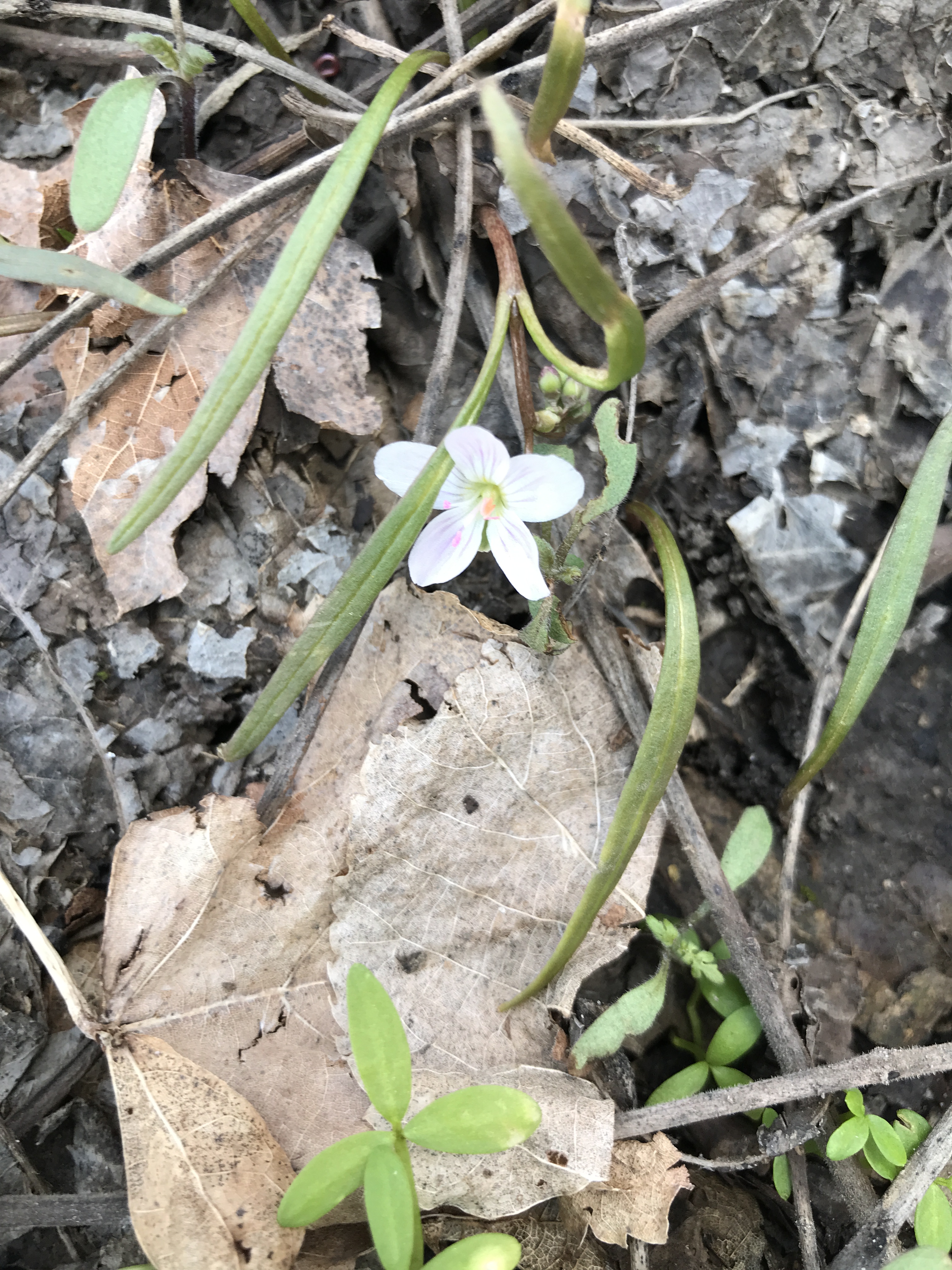 We bought this wooded property almost 20 years ago because we saw woodland wildflowers, delicate spring beauties prominent among them.
We bought this wooded property almost 20 years ago because we saw woodland wildflowers, delicate spring beauties prominent among them.